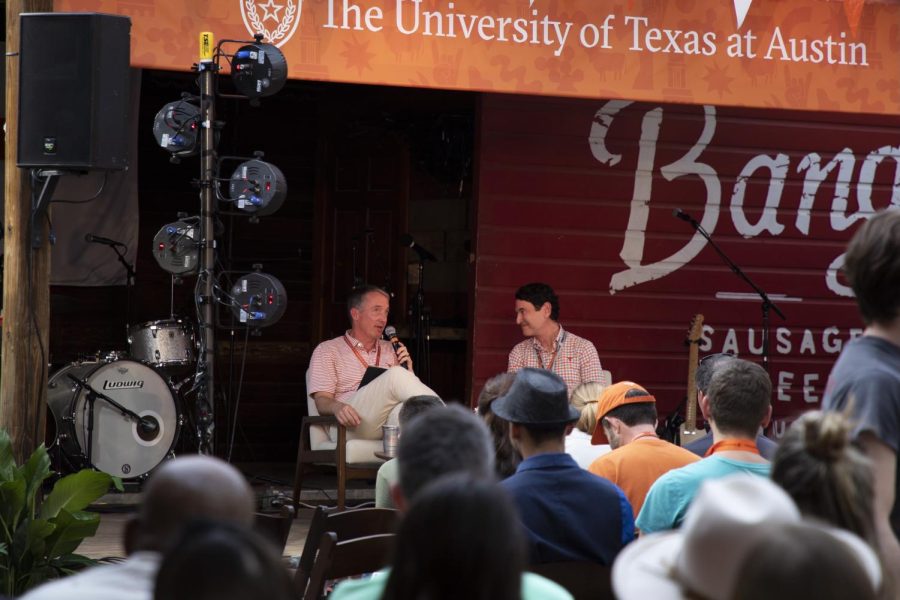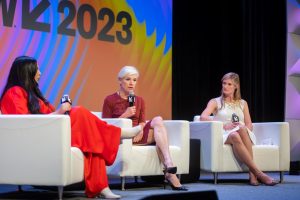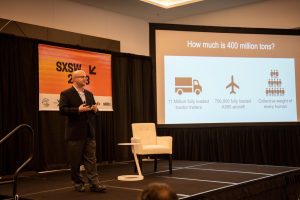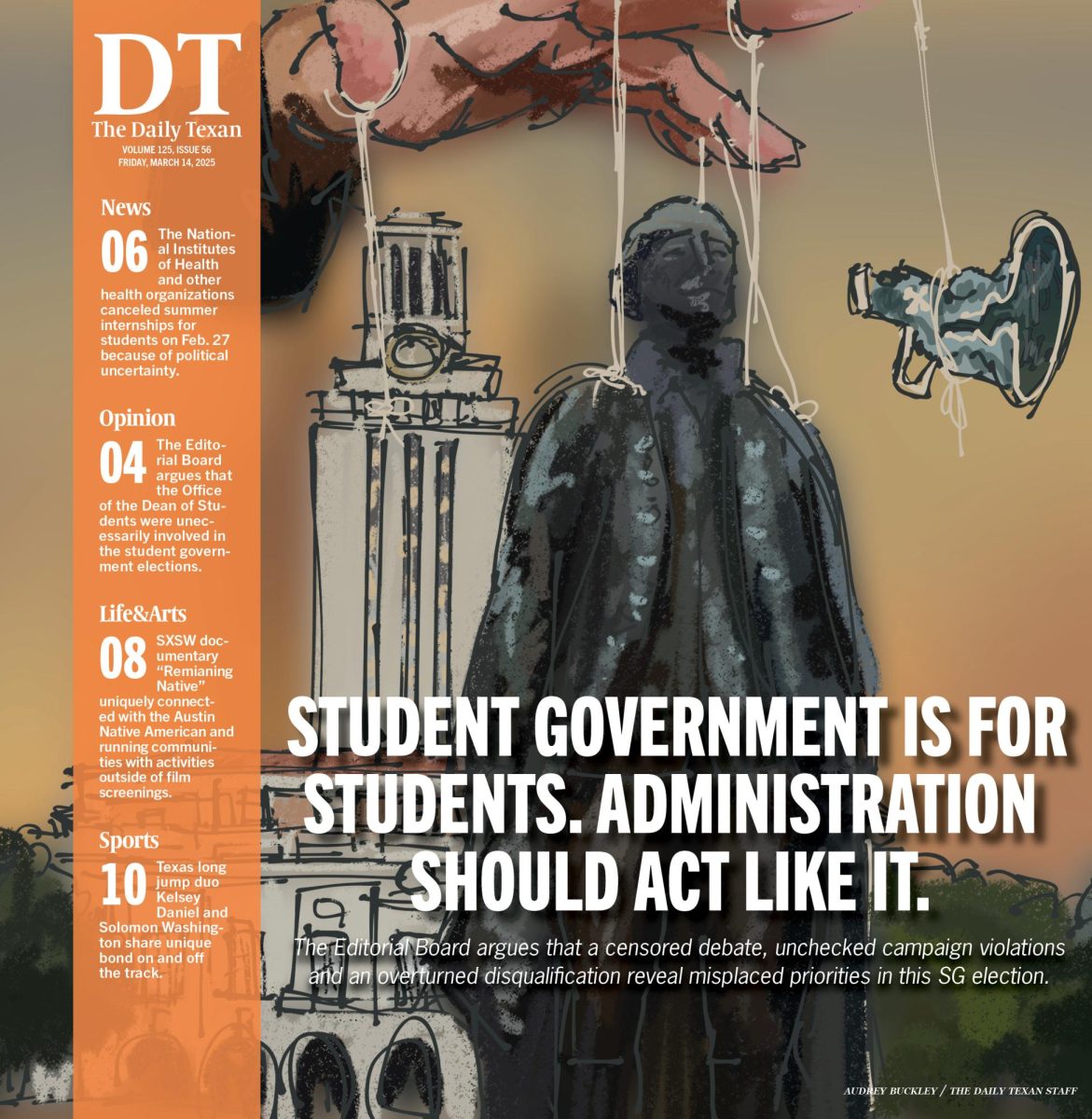Jay Hartzell and Jim Breyer discuss technology, future of UT at SXSW
March 14, 2023
UT president Jay Hartzell and Breyer Capital founder and CEO Jim Breyer sat down at South by Southwest on Saturday for a conversation about their individual journeys that led them to where they are today and how UT and the city of Austin will grow in tandem with one another.
Hartzell said many entities recognize Austin’s growth rate, including the Milken Institute, which determined that Austin holds the No. 2 spot for the fastest-growing tier one city in the U.S. Breyer said various aspects of Austin can be attributed to this statistic.
“Last year at SXSW, I was in a fireside chat with Michael Dell … and one of the questions was, ‘What will get in the way of Austin over the next five or 10 years becoming phenomenal or growing?’ And Michael said, ‘Absolutely nothing,’” Breyer said.
When Hartzell asked Breyer how Austin and UT continue to be a destination for talented students and faculty, Breyer emphasized Austin real estate.
“The University facilitating affordable housing for our students, post-docs (and) junior faculty … is very important,” Breyer said.
Adding on, Breyer said many areas in California, such as Silicon Valley and the San Francisco Bay Area, at one point, served as a magnet for entrepreneurship and innovation around the world. Breyer said Austin should observe what worked in those areas and what didn’t as a model.
According to Breyer, when seeking collaborations with companies, UT holds an advantage compared to other top institutions because of its location.
“UT Austin is certainly the best university within a thousand miles,” Breyer said. “And that’s not true with universities such as Harvard, MIT, Stanford (and) Berkeley — there is competition in the neighborhood. So, one of the great opportunities for UT (is that it) continues to attract phenomenal students (and) faculty.”
Hartzell said he saw no other option than to collaborate with UT’s external stakeholders, such as Central Health and the Downtown Austin Alliance, in order to build the innovation ecosystem at the university.
“This opportunity around life science technology innovation, I think, is going to be enormous,” Hartzell said. “For (UT), it’s working with each of those partners, trying to figure out what is the role they want to play in that vision, what do they bring that they might be persuaded to throw in.”
Looking to the future, Hartzell reflected on the previous SXSW, saying he thought the conversations last year focused a lot on the multiverse and clean energy. He asked Breyer what kind of technology he expected to see in the next 20 years and what kind of discussions they would be having at SXSW decades from now.
“The world of the metaverse will be significant,” Breyer said. “Today, most of my questions (and) discussions were around ChatGPT, … but I don’t think it’s about the company ChatGPT as much as it is about the area (of technology) … Elon Musk and his team, what they’re doing with SpaceX will, in 20 years, be truly fundamentally important.”
















